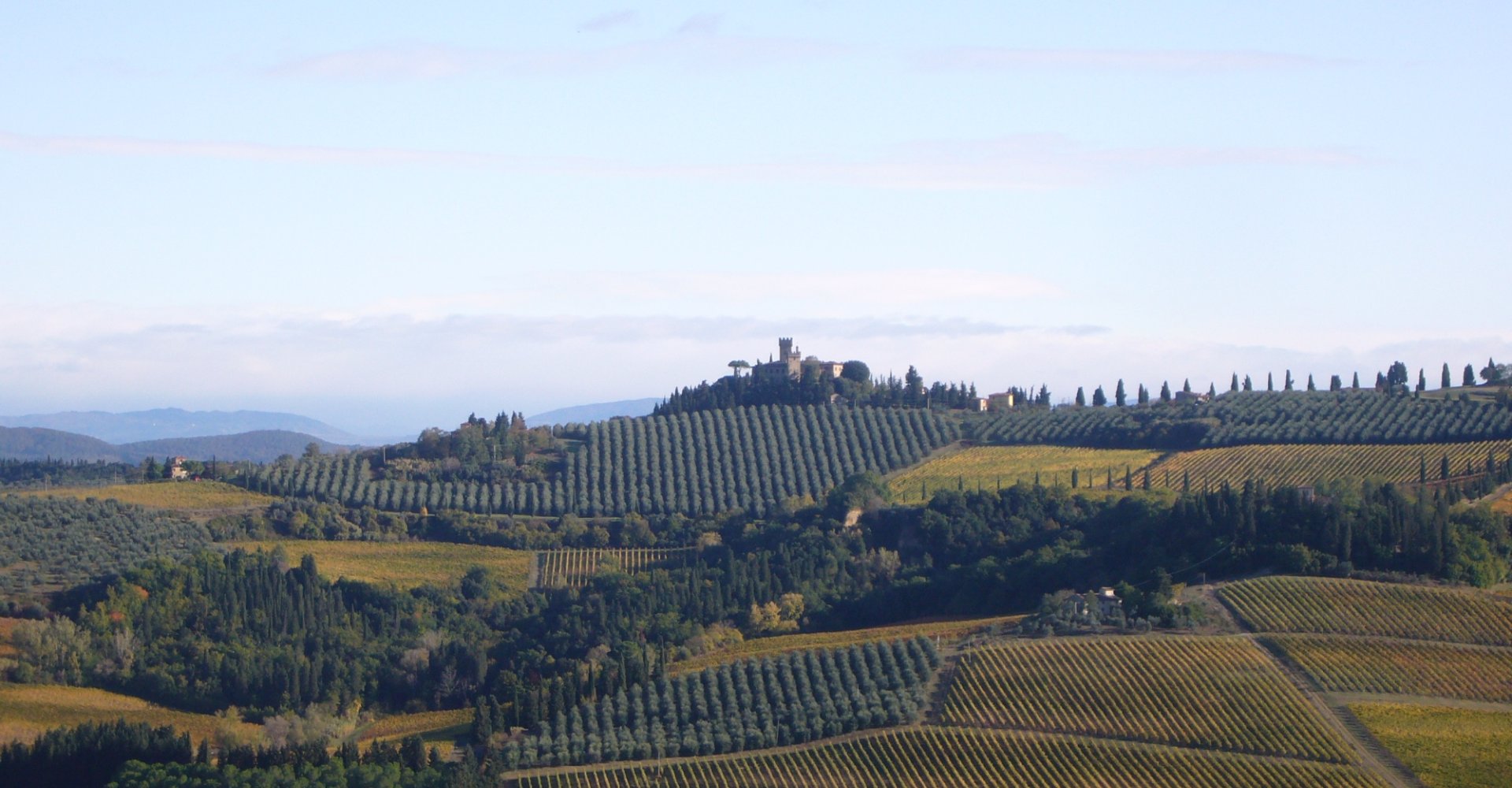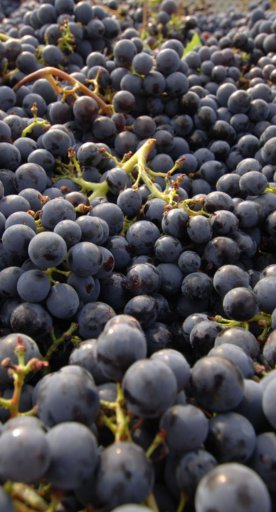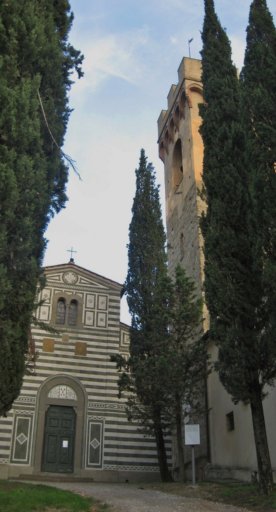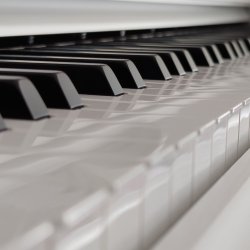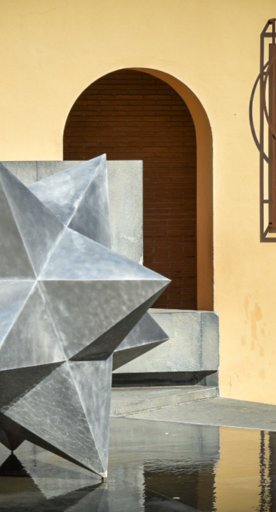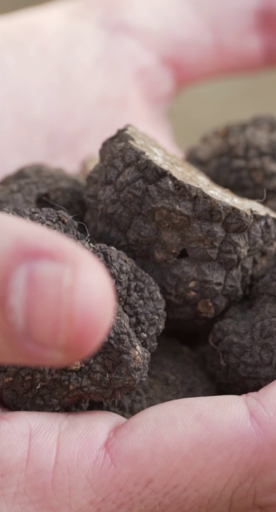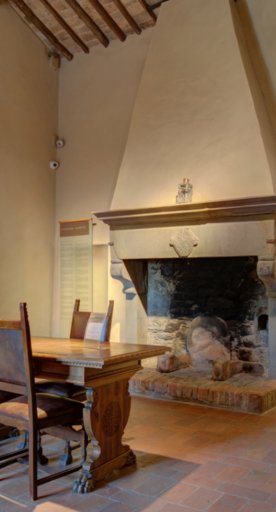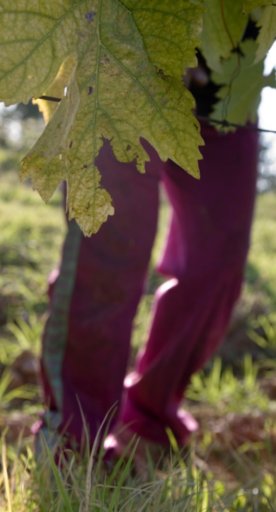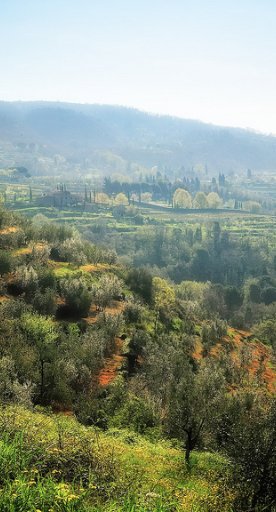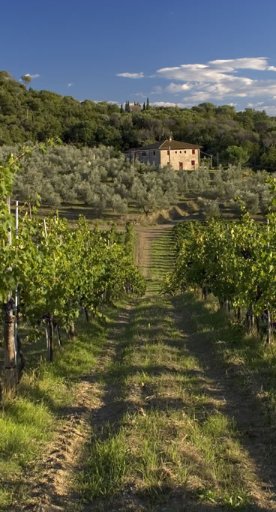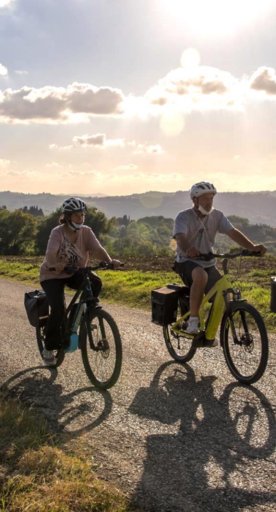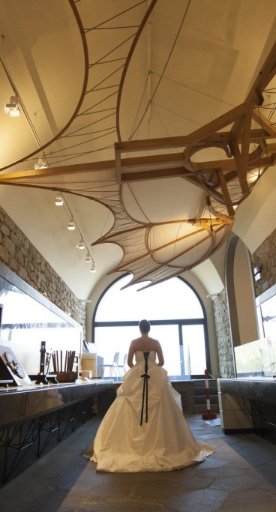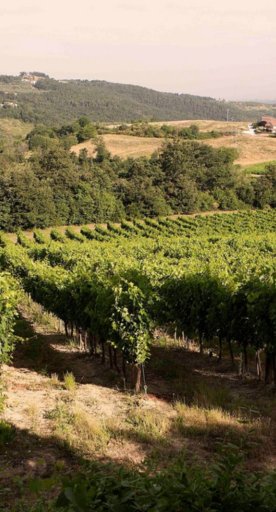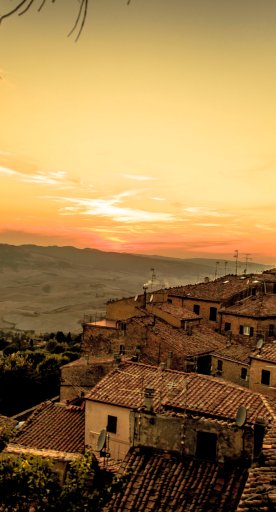Montespertoli
A small medieval gem immersed in the typical tuscan countryside
The area of Montespertoli used to play an important role in the Etruscan era due to it being more or less right in the middle of the area between Florence, Volterra and Siena, joining the ancient via Volterrana– which stretches from the north to the south of the Montespertoli area – to via Francigena, at the top of Certaldo. The noble settlements have only stood there since the Middle Ages, among the most important of which was the Castle of the Ormanni of Montegufoni, destroyed in 1135 by Florence.
What to see in Montespertoli
The town of Montespertoli, with medieval origins, grew around the Church of Sant’Andrea, which initially served as the castle’s chapel, and which now faces onto Piazza Machiavelli. The church was expanded at the start of the 16th century and rebuilt in the mid-20th century after suffering damage during the Second World War. Older still are the Parish Church of San Piero in Mercato and the village of Lucardo, both with medieval origins. Over the course of the 14th to the 17th centuries, the Romanesque-style building was the main point of the Lega, a union of the communities linked to the parishes of San Piero in Mercato, San Pancrazio and Coeli-Auli, as well as the Podestà. You can also see the Sanctuary of Santa Maria della Pace, built in the 16th century, whose chapel has frescoes from the 17th century.
The area of Montespertoli is also dotted with different artefacts of medieval architecture, which you can see in the villages, churches and in the surviving castles in Botinaccio and Poppiano, belonging to the Guicciardini family since it was built. It is worth visiting the Museum of Sacred Art and the Museum of Grapes and Wine, which offers a tour demonstrating all the phases of nectar production in an educational centre where you can physically touch all the aspects of the traditional production process.
The town of Montespertoli, with medieval origins, grew around the Church of Sant’Andrea, which initially served as the castle’s chapel, and which now faces onto Piazza Machiavelli. The church was expanded at the start of the 16th century and rebuilt in the mid-20th century after suffering damage during the Second World War. Older still are the Parish Church of San Piero in Mercato and the village of Lucardo, both with medieval origins. Over the course of the 14th to the 17th centuries, the Romanesque-style building was the main point of the Lega, a union of the communities linked to the parishes of San Piero in Mercato, San Pancrazio and Coeli-Auli, as well as the Podestà. You can also see the Sanctuary of Santa Maria della Pace, built in the 16th century, whose chapel has frescoes from the 17th century.
The area of Montespertoli is also dotted with different artefacts of medieval architecture, which you can see in the villages, churches and in the surviving castles in Botinaccio and Poppiano, belonging to the Guicciardini family since it was built. It is worth visiting the Museum of Sacred Art and the Museum of Grapes and Wine, which offers a tour demonstrating all the phases of nectar production in an educational centre where you can physically touch all the aspects of the traditional production process.
Nearby
The Empolese Valdelsa and Montalbano area can be considered the heart of Tuscany. It's crossed by the Via Francigena, the historic road that pilgrims travelled to reach Rome.
The territory of Castelfiorentino, for example, is located along stage number 30 of the Francigena that goes from San Miniato, the city of the white truffle, to Gambassi Terme.
Nearby is the village of Certaldo, perched on a hilltop, the medieval town is famous for being the birthplace of Giovanni Boccaccio (1313–1375). Don't miss a visit to the Museum of Sacred Art, housed in what was originally an Augustinian convent from the fifteenth century. Among the works of art on display are paintings by Cenni di Francesco di Ser Cenni, Ugolino di Nerio and Meliore.
The Empolese Valdelsa and Montalbano area can be considered the heart of Tuscany. It's crossed by the Via Francigena, the historic road that pilgrims travelled to reach Rome.
The territory of Castelfiorentino, for example, is located along stage number 30 of the Francigena that goes from San Miniato, the city of the white truffle, to Gambassi Terme.
Nearby is the village of Certaldo, perched on a hilltop, the medieval town is famous for being the birthplace of Giovanni Boccaccio (1313–1375). Don't miss a visit to the Museum of Sacred Art, housed in what was originally an Augustinian convent from the fifteenth century. Among the works of art on display are paintings by Cenni di Francesco di Ser Cenni, Ugolino di Nerio and Meliore.
Events
The most highly anticipated event of the summer in Montespertoli is the Chianti Exhibition. It's been taking place for over 60 years, and celebrates the most famous product of the area: wine. The programme includes tastings of wine and of local specialties, but also includes lectures, meetings and shows.
The most highly anticipated event of the summer in Montespertoli is the Chianti Exhibition. It's been taking place for over 60 years, and celebrates the most famous product of the area: wine. The programme includes tastings of wine and of local specialties, but also includes lectures, meetings and shows.
Typical dishes and products
Lovers of great tastes will be able to finish their journey with a flourish along the winding Montespertoli Wine Trail, stopping from time to time in the many wineries, farms and oil mills of the area, to taste a glass of wine or bruschetta with Tuscan extra virgin olive oil IGP.
Lovers of great tastes will be able to finish their journey with a flourish along the winding Montespertoli Wine Trail, stopping from time to time in the many wineries, farms and oil mills of the area, to taste a glass of wine or bruschetta with Tuscan extra virgin olive oil IGP.
